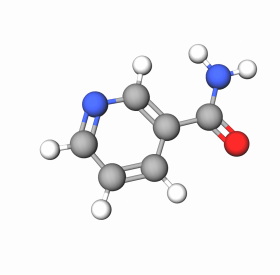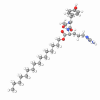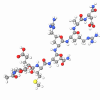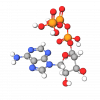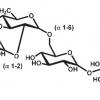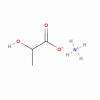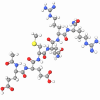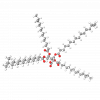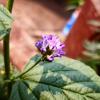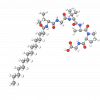Niacinamide (Nicotinamide) is a white, crystalline powder or colorless crystal, freely soluble in water and in ethanol. It is a derivative of Vitamin B3 - a multi-talented ingredient. What can reduce the visibility of melanin, or in other words, the formation of freckles and age spots on the skin?
It's an ingredient with proven anti-aging, pigmentation-reducing, and moisturizing properties—an active and soluble form of Vitamin B3, or niacin. Niacinamide works to prevent melanin from reaching the skin's surface, inhibiting the transfer of melanin-containing melanosomes to keratinocytes of the epidermis.
An integral derivative of Vitamin B3, Niacinamide, diminishes pigmentation issues, brightens and evens skin tone, and reveals a radiant complexion. In addition, nicotinamide visibly tightens lax pores, supports a healthy moisture balance, and softens fine lines and wrinkles.
Niacinamide is stable towards oxygen, light, and heavy metals in a pH range of 3-7.5 and temperatures under 85°C. In more acidic and alkali solutions Nicotinamide hydrolyzes into nicotinic acid.Ingredients
General information
Another form of vitamin B3 is nicotinic acid. Since both forms are effective as this one vitamin the term niacin is often used as a group name despite some authors using the term niacin synonymously only with nicotinic acid.
Another synonym for them is Anti-Pellagra-Vitamin or PP (Pellagra-Preventive)-Factor. This term describes a deficiency symptom that occurred in the past frequently with niacin-deficient diets. Pellagra, Italian for pelle agra means rough or burning skin.
The skin becomes rough, hyperpigmented, scaly, and inflamed in areas exposed to the sun. Other early signs of deficiency comprise weight loss, weakness, and the inability to concentrate. The severe deficiency state is characterized by dementia and diarrhea.
Niacinamide forms the essential part of the coenzyme nicotinamide adenine dinucleotide (NAD) and nicotinamide adenine dinucleotide phosphate (NADP) that are used to generate energy inside the cells. These coenzymes participate in many metabolic processes including glycolysis, tissue respiration, lipids, amino, and purine metabolism. More than 40 biochemical reactions have been identified and are of paramount importance for normal tissue integrity, particularly for the skin, the gastrointestinal tract, and the nervous system. The data submitted in this publication are based on our current knowledge and experience.What are the benefits of Niacinamide?
Niacinamide influences cutaneous pigmentation by downregulating the transfer of melanosomes from melanocytes to keratinocytes. It can affect the viability of melanocytes and keratinocytes and reduce hyperpigmented lesions.
Studies on the inhibition of melanosome transfer suggest that treating human skin in vivo with topical nicotinamide reduces pigmentation. This is based on reducing the total amount of melanin dispersed throughout the epidermis. In the end, one can observe reduced skin hyperpigmentation.
Nicotinamide is also a proven anti-aging agent. It improves the skin barrier function and positively impacts skin conditions by offering anti-inflammatory properties. Furthermore, it reduces wrinkles and enhances skin appearance and texture by stimulating collagen synthesis.
Does niacinamide induce skin flushing or redness?
In contrast to many nicotinate compounds (including nicotinic acid), topical niacinamide does not induce a skin-flushing response. Niacinamide-containing formulations decrease facial skin red blotchiness, likely due to barrier-enhancing effects.
For niacinamide formulations, it is important to use only high-purity material (no contaminating nicotinic acid) and to maintain pH at approximately 5-7 to avoid hydrolysis of niacinamide to nicotinic acid.
